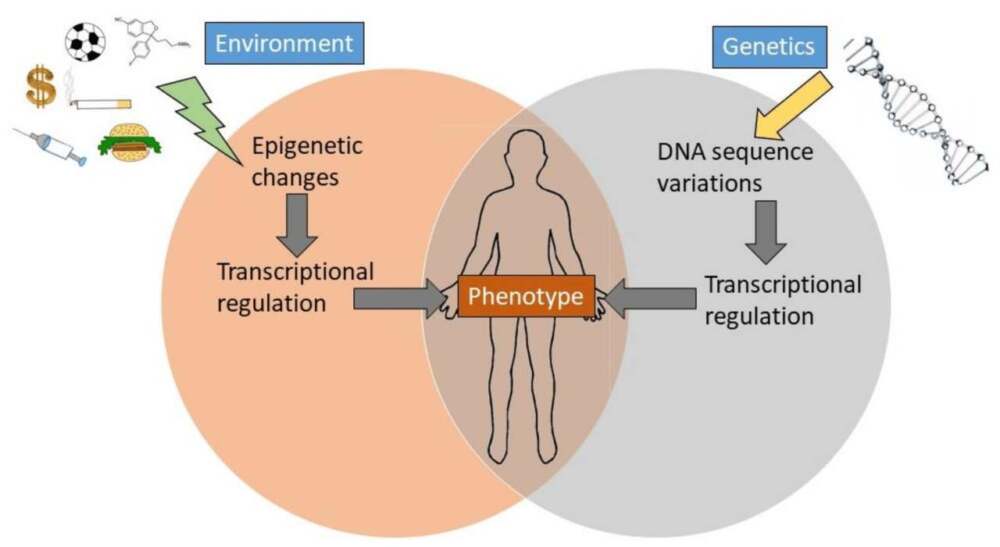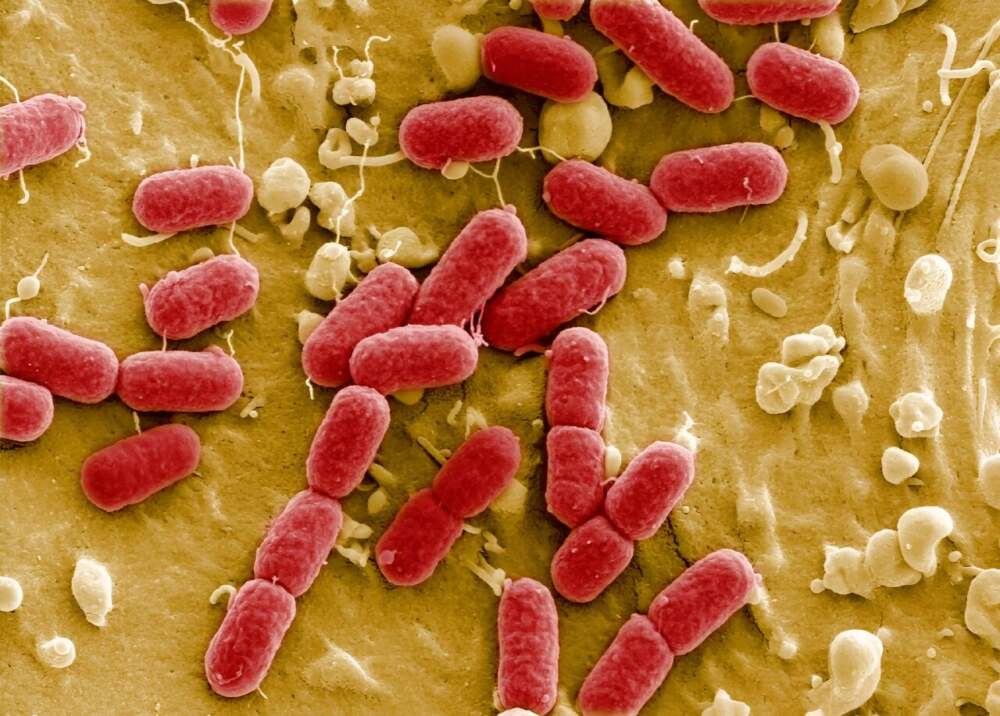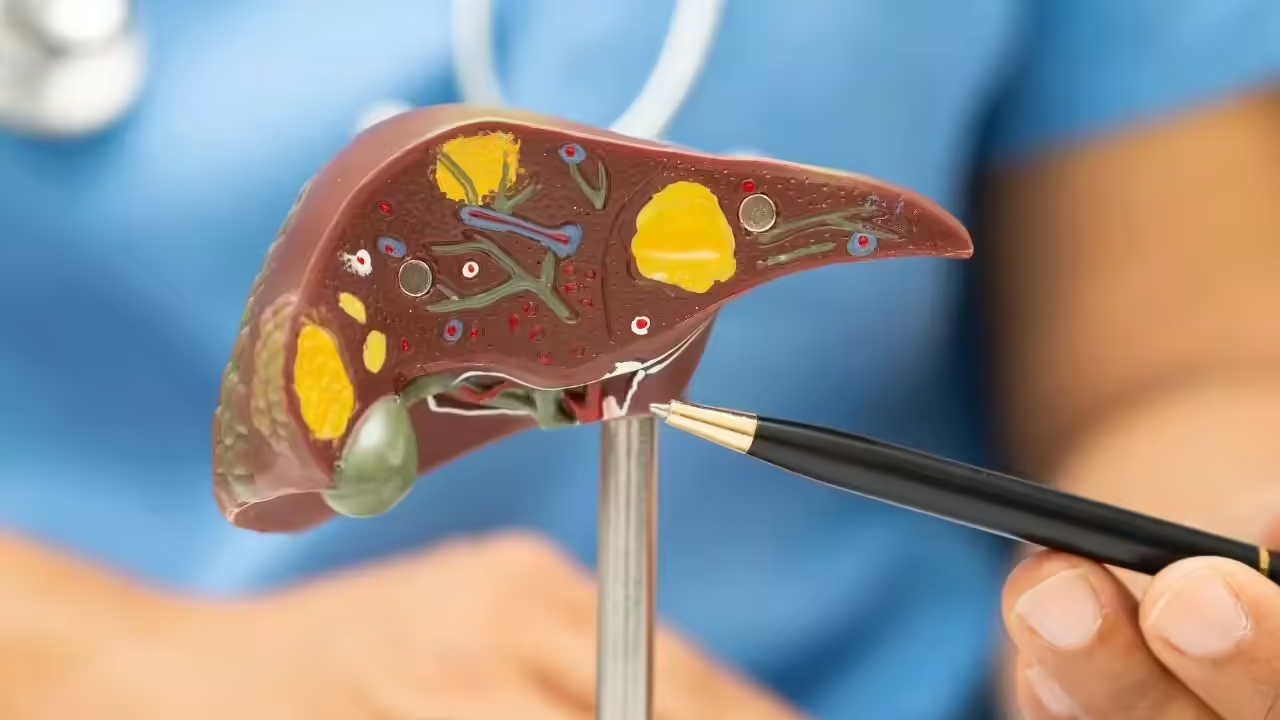A groundbreaking international study has fundamentally reshaped how scientists and clinicians understand autism. Traditionally viewed as a single neurodevelopmental disorder, autism is now recognized as a spectrum of conditions, each shaped by distinct genetic, developmental, and environmental factors. The research, which analyzed genetic and behavioral data from tens of thousands of individuals, provides compelling evidence that autism cannot be attributed to a single cause, and that its manifestations vary widely across the population.
Autism as a Spectrum, Not a Single Disorder
Autism has long been defined by a core set of behavioral characteristics, including challenges in social communication, repetitive behaviors, and restricted interests. However, emerging evidence shows that these traits can appear in many different combinations and intensities, influenced by complex interactions between genes and environment.
The new study highlights that age at diagnosis is closely linked to underlying genetic and developmental differences. Children diagnosed before the age of six often show early behavioral difficulties and have genetic markers distinct from those diagnosed later in life. Conversely, individuals diagnosed during adolescence or adulthood frequently experience a different trajectory of social and behavioral challenges and exhibit genetic similarities to conditions such as attention-deficit/hyperactivity disorder (ADHD) and post-traumatic stress disorder (PTSD).
These findings underscore the idea that autism is heterogeneous, with multiple pathways leading to similar behavioral outcomes. Recognizing this diversity is crucial for developing personalized approaches to diagnosis and treatment.
Genetic Complexity Underlying Autism
Genetics play a significant role in autism risk, with studies estimating that 70–90% of susceptibility is heritable. Yet, the specific genetic variants responsible for autism are diverse and contribute only small individual effects. No single gene determines whether someone will be autistic. Instead, hundreds or even thousands of genes interact with environmental factors to shape the condition.
This polygenic nature explains why autism presents so differently among individuals. Some may have early developmental challenges, while others only exhibit symptoms later in life. Researchers argue that a deeper understanding of these genetic differences can inform personalized therapies and refine early interventions.
Implications for Diagnosis and Care
The recognition of autism as a collection of related conditions, rather than a single disorder, has significant implications for clinical practice. Current diagnostic criteria tend to focus on observable behaviors, but this approach may fail to capture the underlying heterogeneity of autism.
Experts suggest that genetic profiling and longitudinal behavioral tracking could help clinicians identify subtypes of autism, allowing for more targeted interventions. For example:
- Children with early-onset autism may benefit from therapies focused on early social and communication skills.
- Adolescents or adults with later-diagnosed autism may require support for executive functioning, anxiety management, and mental health care.
By tailoring treatment strategies to specific profiles, clinicians can improve outcomes and reduce the risk of misdiagnosis or ineffective interventions.
Redefining Our Understanding of Causes
This research challenges the simplistic notion that autism arises from a single cause or event. Instead, it paints a picture of interacting biological and environmental influences, with each individual’s trajectory shaped by unique genetic and developmental factors.
Understanding this complexity also has broader societal implications. Public perception of autism often relies on stereotypical portrayals, which can marginalize individuals whose experiences do not fit these narrow views. Recognizing the diversity of the spectrum helps promote greater empathy, inclusion, and support for people on the autism spectrum.
Future Directions in Autism Research
The study opens new avenues for research into the causes, progression, and treatment of autism. Key priorities include:
- Mapping genetic subtypes: Identifying clusters of genetic markers linked to specific behavioral and developmental patterns.
- Longitudinal studies: Following individuals over time to understand how autism traits evolve across childhood, adolescence, and adulthood.
- Personalized interventions: Developing therapies and support strategies tailored to specific subtypes of autism.
- Environmental interactions: Investigating how lifestyle, prenatal factors, and social context influence autism risk and expression.
By pursuing these goals, scientists hope to transform autism care from a generalized approach into a precision medicine model, where interventions are as individualized as the people they aim to help.
Conclusion
Autism is no longer understood as a single, uniform condition. It is a complex spectrum of neurodevelopmental profiles shaped by multiple genetic and environmental factors. This nuanced understanding has profound implications for research, diagnosis, and treatment, offering hope for more personalized, effective, and inclusive approaches to supporting individuals on the spectrum.
As science continues to unravel the intricacies of autism, one message becomes clear: to understand autism is to embrace its diversity, recognizing that each person’s experience is unique, and that care and support must reflect this individuality.
















Leave a Reply